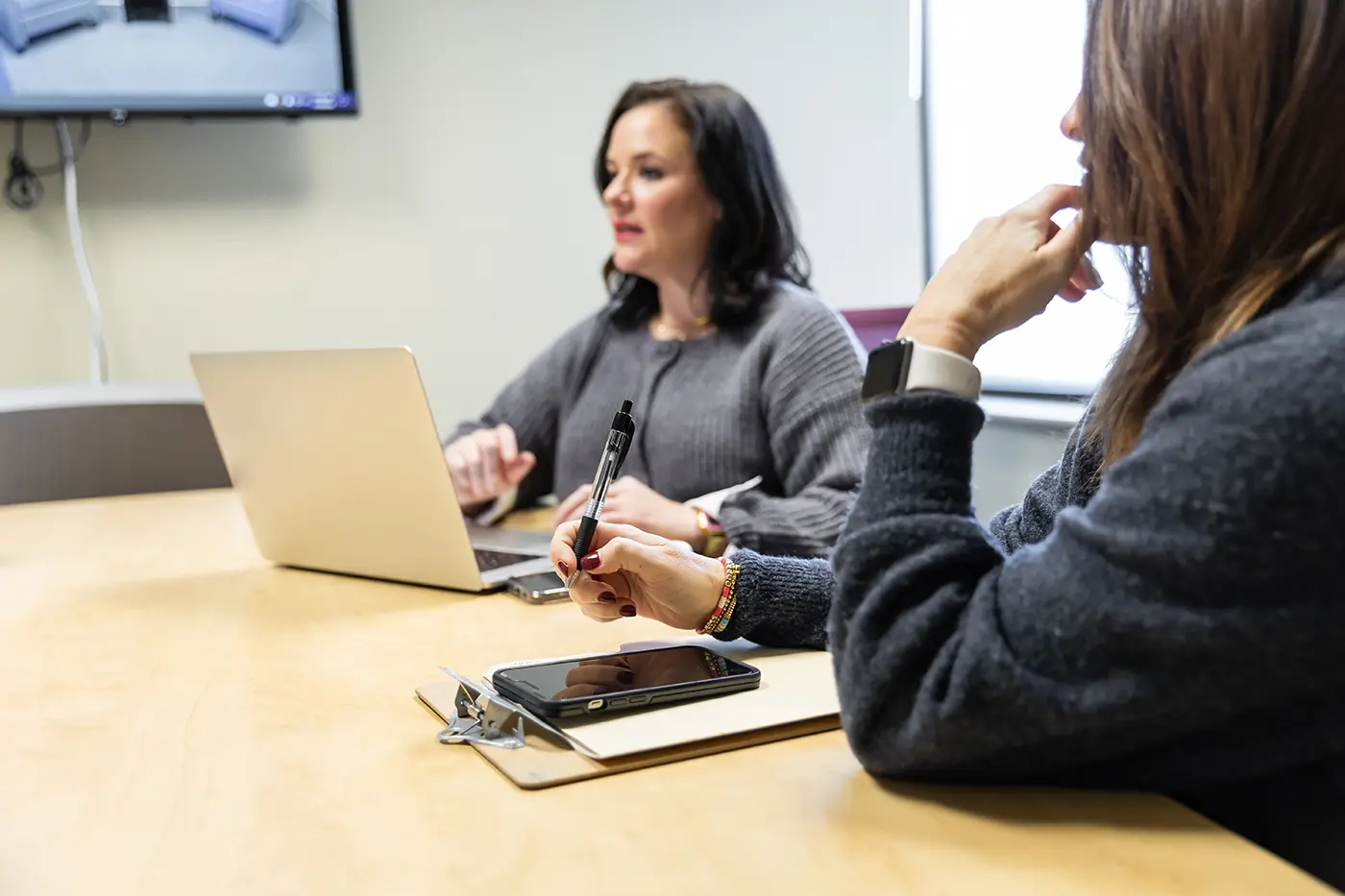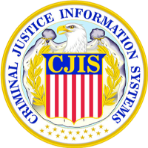Delve into the Multi-disciplinary team (MDT) for child advocacy centers.
When child advocacy centers began to take shape, the intent was to help children who were becoming revictimized by the justice system. As the operations of child advocacy centers (CACs) have matured, their role within the process of justice and healing for children has expanded. Forensic interviewers, and other child advocacy center staff, have responded to the need for coordination across different services and agencies as they seek justice and healing for children. These multidisciplinary teams (MDTs) include law enforcement, CPS, legal, medical, and others.
While CACs and their partner MDTs have been working together for decades, the need for leadership or coordination of these teams has been growing. Every group is more effective with organized coordination, and child advocacy groups are no different. “Every agency has their own mandates and responsibilities,” says Janice Melo, MDT Coordinator at Pat’s Place Child Advocacy Center. “Understanding each agency’s role is very important and helping them come together and share information about each case helps things run more efficiently.”
You may also be interested in: Trending Topics in Child Advocacy with Chris Newlin
What is the role of an MDT coordinator?
This role goes by many different names – and even more folks that operate in this role informally. MDT Coordinators might also be called facilitators or sometimes these responsibilities will fall under the intake manager. While MDT Coordinator seems to be the most common name for this role, Greg Flett prefers to use the term MDT Facilitator. Greg is the Senior Program Manager with Southern Regional Children’s Advocacy Center, and he leads training courses for this role. In his experience, successful facilitators spend time at the 30,000 foot level. “They are looking at the dynamics that play out and they’re looking at how the team interacts with each other,” Greg commented. “They’re really helping the team to do its best work collaboratively, which is a little bit more of a comprehensive or expanded perspective of the role.”
Whatever you call the job, this is the person that helps bring all of the experts together for the success of the child’s justice and healing. While the role can look different, the more this person can facilitate and lead collaboration, the more likely there will be success for the child and family. “Personally, I see this as a really influential role in the team that has the opportunity to cultivate a dynamic where the teams are actually leaning into the true intention of this multidisciplinary model in a really effective way,” stated Flett.
Tips for success as an MDT coordinator:
So what makes a successful MDT Coordinator? As we’ve discussed, the role can look different depending on the particular dynamics involved. Still, after discussing the topic with a few experts, some very practical tips emerged for success in this role.
1. Always have a meeting agenda.
One common theme was the importance of organization – specifically, the importance of a meeting agenda. A great meeting agenda keeps conversation on topic and focuses the efforts. Working through an agenda before the meeting also helps organize the other information required for a successful MDT conversation, such as case summaries.
2. Be patient and don’t take it personally.
When multiple people across multiple organizations get involved, there are bound to be challenges, politics, miscommunication, and misunderstandings. Don’t take it personally. Be patient with your team. Pat’s Place MDT Coordinator, Janice Melo, put it this way:,
“Be patient – it’s gonna come together. Take time to really learn about the people involved. I’m still learning so much from all the folks around the table. Continue to educate yourself on everything you can about their different roles.”
3. Step back and get perspective.
MDT Coordinators commonly live in the day-to-day “weeds” of getting important work done. Greg Flett emphasized how critical it is to take a step back and get a broader perspective.
“It’s like MDT Coordinators are on the dance floor, they’re going 100 miles an hour, they’re bumping into the other team players, and they’re trying to sort it all out. One of the first things we talk to facilitators about is zooming out to really see what’s happening. Who’s talking with who? How are relationships working? Where does communication happen? It’s the opposite of just diving right in. It’s actually withdrawing a little bit to look and listen.”
4. Leave your assumptions at the door.
We all have assumptions and preconceptions about different people, roles, and situations. One consistent piece of advice from other MDT Coordinators is to acknowledge your assumptions and then leave them at the door. Don’t pass judgment on a team member because you’ve heard they are hard to work with or avoid a team member because you don’t understand their work. As an effective leader, you need to leverage everyone on the team to accelerate justice and healing for these kids. Greg Flett puts it this way:
“You need to drop all of the assumptions that you’ve either consciously or unconsciously developed about this team and how it functions. They’re not going to serve you well. If you don’t like the way a prosecutor works a case, you need to zoom out and hold off on that judgment. Seek to understand and develop a solid relationship with your team members first.”
You may also be interested in: How Child Advocacy Centers Can Lead The Way for AI in Child Welfare
The future of MDTs lies in coordination & innovation.
The most exciting thing about this role of MDT Coordinator is the opportunity to innovate new processes and build new partnerships to accelerate justice for victims of child abuse. Coordinators can influence the team to test new ideas, new technology, and new approaches to how the team works together. These tests are where new best practices are formed. Greg Flett says it this way:
“The return on investment for MDT Facilitators is huge. It really will benefit kids and families and CACs will come up with better outcomes in the long run. Taking the expertise that everybody brings and developing new pathways that are specific to the needs of that child, family, or case, is when innovation happens. When we don’t create a space for everybody to bring their best and think collectively, we default to this menu of responses that we’ve developed by reflex. Great MDTs have the capacity to go beyond that to find new paths towards healing, safety, and justice.”
The growing role of the MDT Coordinator is part of an exciting time for CACs. It represents an opportunity to facilitate growth and innovation in the treatment and justice available for survivors of child abuse. With enhanced organization and collaboration, great things are sure to happen for the kids we are here to serve.



